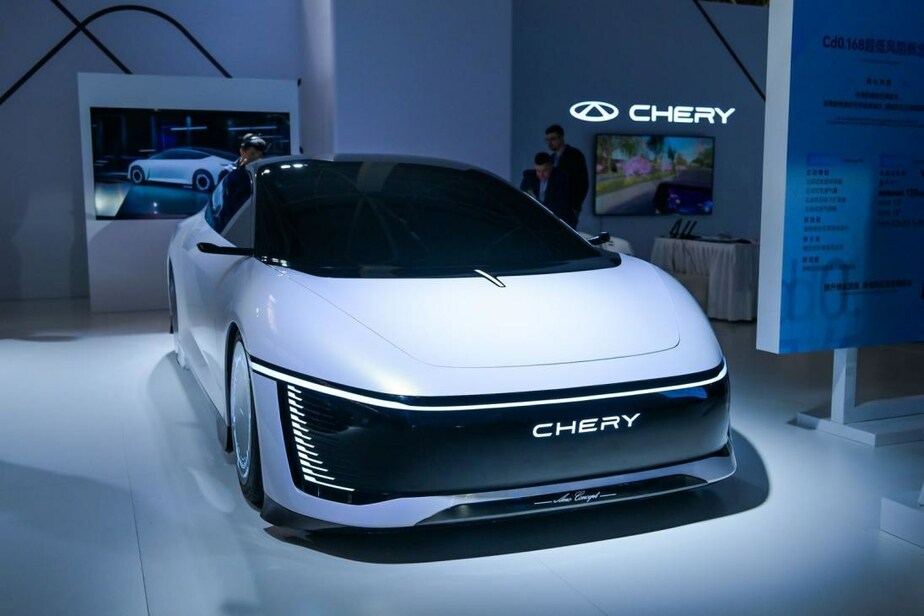Car Maker Says Chery Aero Is The Most Aerodynamic Car Ever. Is It True?

by AutoExpert | 8 November, 2023
The move toward electrification in the vehicle industry has increased the need for minimalistic but functional designs. These aerodynamic designs aren't just for show; they're crucial to the functionality and speed of electric vehicles.
For electric vehicles, every bit of energy savings matters. Achieving this goal requires careful consideration of aerodynamics throughout the design phase. This is mostly because as the vehicle moves through the air, air resistance, or drag, decreases. Less resistance means less work for the vehicle to go quicker and further. This means there will be longer intervals between charges.

Chery's Aero Prototype achieved a drag coefficient of 0.168, which is impressive by today's standards, but there have been even more incredible feats in the history of the automobile. The Volkswagen ARVW Concept from the 1970s has a drag coefficient of 0.15. This was a period when aerodynamics weren't simply a focus; they were an obsession. The Ford Probe V Concept from 1985 made this interest even stronger, as it had an incredible wind resistance of 0.137. Another example is the Fiat Turbina from 1954, which had a drag coefficient of 0.14.

Despite these notable achievements, contemporary automakers are still pushing the boundaries of aerodynamic optimization. One example is Aptera Motors, which is preparing to release a solar-powered, electric three-wheeler with an incredibly low drag coefficient of 0.13 to 0.15. This might set a new benchmark for electric automobiles.


















